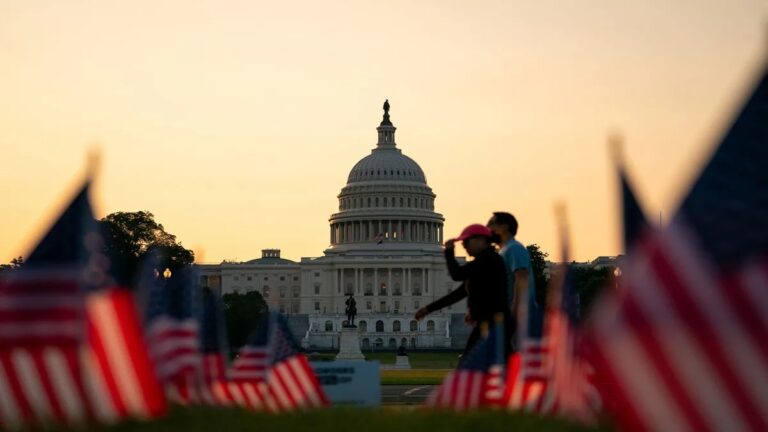On Thursday, President Donald Trump won a significant political triumph when the House of Representatives approved his big tax and spending measure. The bill now heads to Trump’s desk for his signature and to become a law.
The ‘One Big Beautiful Bill,’ as Trump has called it, includes trillions of dollars in tax cuts and increased expenditure on immigration enforcement, but it is countered by large cutbacks to Medicaid and other programs.
The independent Congressional Budget Office cautions that the bill may add $3.4 trillion to the world’s largest economy’s current debt of $36.2 trillion over the next decade.
The markets are now again focused on Trump’s tariffs. Even though Wall Street and global equities are at all-time highs, there remains a risk that they will fall if Trump’s trade war takes a negative turn.
Trump’s stance on tariffs has changed, and starting Friday, trading partners will receive letters outlining the tariff rates they must pay on trade with the US.
So far, only trade agreements with China, Vietnam, and Britain have been finalized. President Donald Trump announced that the United States and Vietnam, where numerous American businesses have significant manufacturing operations, had achieved an agreement.
The agreement with India is nearly finalized, according to Treasury Secretary Scott Bessent, but negotiations with South Korea and Japan have been on hold for weeks.
The US Fed rate cut is unlikely to happen in July. The jobs data dampened expectations that the Fed will reduce rates anytime soon.
The monthly report from the Labor Department showed that U.S. employers added 147,000 jobs in June, exceeding the 110,000 that economists had expected, while the unemployment rate dropped to 4.1% from 4.2% in May.
The Fed, which has a dual mandate to promote maximum employment and to contain inflation, has said it needs more time to evaluate the impact of tariffs on the economy before adjusting rates.
The stock markets in the United States will be closed on Friday, July 4, in commemoration of Independence Day.
The Nasdaq and New York Stock Exchanges will close early on Thursday, July 3, at 1 p.m. ET, and will stay on Friday. According to the Securities Industry and Financial Markets Association, the bond market in the United States will close early on July 3 at 2 p.m. ET and remain closed on July 4.
Following the July 4th holiday, Wall Street will resume normal operations until early September. The next stock market closure is scheduled for Monday, September 1 in honor of Labor Day.
The US stock market holiday list shows that trading will not happen on 3 more days this year:
Labor Day: Monday, Sept. 1
Thanksgiving: Thursday, Nov. 27
Christmas: Thursday, Dec. 25
Bond traders are scheduled to take a day off on Columbus Day on October 13 and a break on Veterans Day on November 11.
Going forward, the focus of the investors will shift to reciprocal tariffs being introduced by the US on almost all countries and the impact of 10% tariffs on US CPI data from June onwards. Keep an eye on the dollar index and the US bond yields for cues on where the equity market is headed in the second half of 2025.
